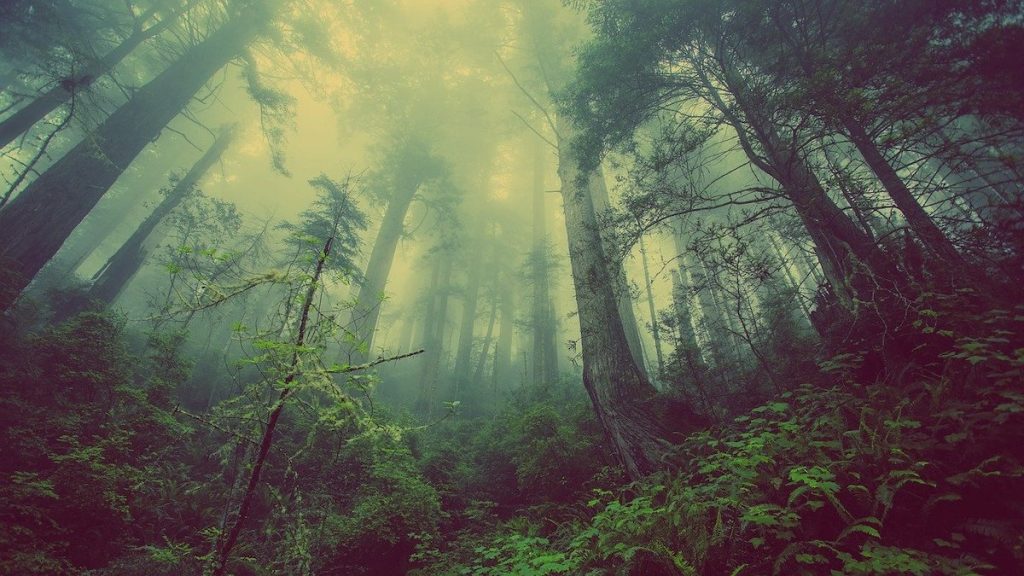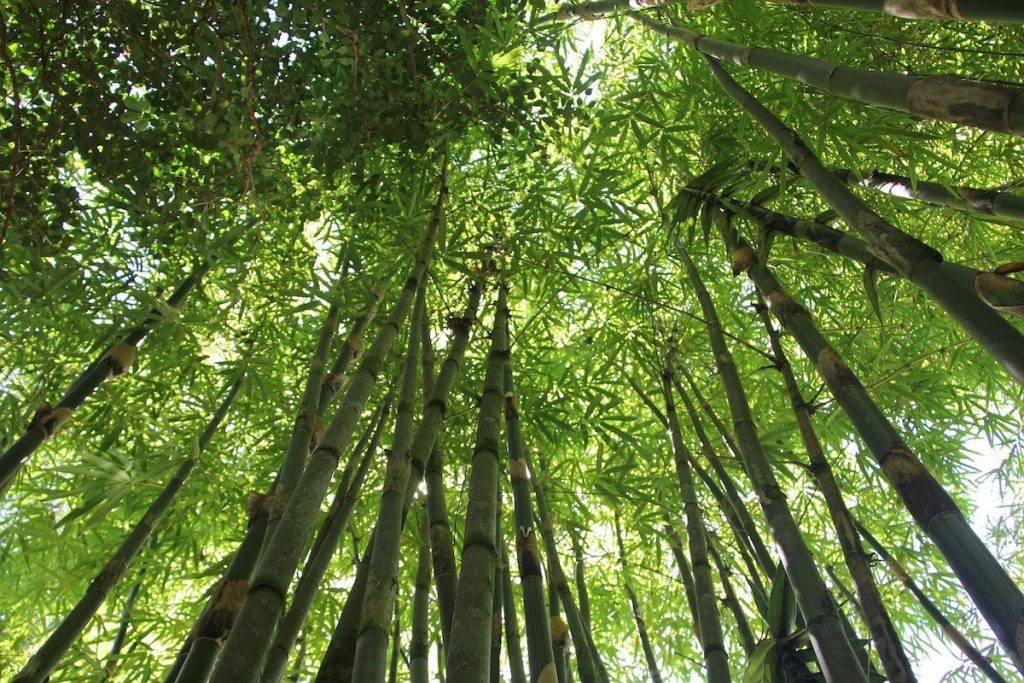Exercise 19
उद्यान अवगाहन – Forest bathing
Difficulty level – 1 (easy)
Time commitment : One hour every week

We spoke about connecting with nature in an earlier post. This exercise is an extension of the “walk in the park” aspect of that exercise.
A few points to note:
- No devices – Not even a mobile (especially not a mobile). You may be tempted to take photographs on the way, and that is exactly what we are trying to avoid here. If you go to the park by car – leave the mobile in it.
- Expectations – Leave behind your expectations as well. Don’t aim to “achieve” anything from this exercise – just be present and let it flow.
- Place – While this exercise is ideally done on a forest trek, we all live in urban environments. So find a good large park for this exercise.
- Time – Ideally early morning, but evenings are fine as well. Avoid crowded places and peak timings.
- Clothing – Loose breathable clothing, flip-flops are a must (so that you can remove footwear easily). Avoid anything made from artificial fibres. Avoid strong perfumes.
- Tea – carry a vaccum flask with hot water, a cup, and a portion of forest tea leaves.
How you do it

The best part of this exercise is that there is no fixed way to do it – only guidelines. You will mostly find your own way, based on what engages your senses more…
Preparatory
Always have a shower before setting out for this exercise. You should smell fresh, but avoid perfumes, since they may interfere with the experience. Leave your gadgets behind, carry your flask and tea leaves, and find a spot in the park.
Breathing
Sit in a comfortable position. Ideally in Sukhasana or Vajrasana. Avoid sitting on a bench, if possible. Keep your back straight. If you find this difficult, try the Vajrasana posture since the back is naturally straight in this āsana. Close your eyes and breathe in slowly, through your nostrils, feeling the air fill your lungs, your stomach pushing out gently as your diaphragm expands, and your rib-cage expanding so as to accommodate your lungs at full capacity. Count to (a minimum of ) 5 (tick-tick 1, tick-tick 2..) at a minimum in your head, to get a full inhalation.
Hold for a quick moment, and exhale – as slowly as you inhaled. through your nostrils, air flowing out gently, emptying the lungs, till all the air that you inhaled, is released. The count will be the same as the inhalation (5 count). Repeat three times.
Now, join your hands together in Anjali Mudra (namaste), and say a small thank you to Nature. Feel genuinely thankful. Open your eyes.

उद्यान अवगाहन – Udyana Avagāhan – Forest bathing
Now, take a walk. For at least 40 minutes.
You don’t have to reach anywhere. There is no agenda – no target to reach. All you need to do is walk, follow where your steps lead you, and let Nature in by engaging your five senses of smell, sound, sight, touch and taste to experience it.
Hear the birds singing, the gentle rustle of the fallen leaves, and of the breeze as it moves through the trees, the gentle flow of the stream…
See the different rich colors of the flowers, the leaves and the tree barks..and the sunlight filtering through the branches of the trees. Watch the patterns of the branches, how the petals are arranged in flowers, the veins of a leaf…
Smell the trees, the flowers, the earth that is wet from the sprinklers on the grass. You can stop at a place and practice Tāḍāsana and raise your hands straight above your head, to take in deeper breaths of the fresh air…
Take off your flip-flops, and walk barefoot on the grass, the sand, the earth…feel your feet connect to the earth, the soil, close your eyes and experience the sensations. Stand with your feet parallel and shoulder-width apart, your chin tucked in and spine straight. Let all your tension and weight sink into your feet. Now imagine roots spreading out from the bottom of your feet into the earth beneath you…
End the walk by settling down on the grass, pouring yourself a cup of tea, and imbibing its taste by sipping it slowly.
Finally close your eyes, and repeat the breathing exercise that you performed at the start of the walk. Relive the sights and sounds that you just experienced, and thank Nature for giving you all this, and more….Open your eyes.
Mother Nature – We are born from nature, we live by nature, and when we are gone, we become part of nature again.
Dr. Qing Li is one of the world’ foremost authorities on the Japanese art of Shirin-yoku. Shirin means forest and yoku means bath. Shirin-yoku means bathing in the forest atmosphere, taking in the forest through our senses. उद्यान अवगाहन is a derivative of the concept – tailored to fit into our urban lives.
Have you wondered why the color green makes us so calm and positive?
Dr. Li explains that for most of our existence, we have been surrounded by green.
Nature is what we have been accustomed to look at.
We are reassured by green on a very primitive level (remember the basal ganglia that I spoke about?) – where there was green, there was water, and where there was water, we could find food. Hence, the color green provided us a sense of surety and security, and thus leads to us relaxing our minds and bodies.
Dr. Li also says that the air in a forest, or a dense park, is full of oxygen and phytoncides. Trees release these phytoncides to protect them from bacteria, insects and fungi, and these phytoncides are also part of the communication pathway between trees – the way trees talk to each other. It is these plant chemicals that constitute part of the forest’s natural aromatherapy, providing a boost to our immune system and making us “feel good” when we smell them.
Have you heard of mycobacterium vaccae? You may not heard of this bacteria, but you sure have smelt it.

That fresh smell of the earth when it rains – yes, its also called petrichor.
This bacteria was isolated from cow dung as well. It has immense health benefits – scientists found that this stimulates the immune system and in turn activates our happy hormones too.
This is just an introduction to what will become a series of articles and exercises that I will introduce on the subject. Let us rediscover what we have been an integral part of, and what has always been an integral part of ourselves.
Nature is medicinal in itself, it is healing, it is beautiful and engaging, and as we look up in awe of it – be it the Himalayas or the oceans, forests or birds, lightning or lava from volcanoes – we are reminded that our consciousness is but a small part of the Universal consciousness.
We align ourselves to this thought, and then go about trying to unite with this unlimited and un-manifested truth – though the process of yoga.

